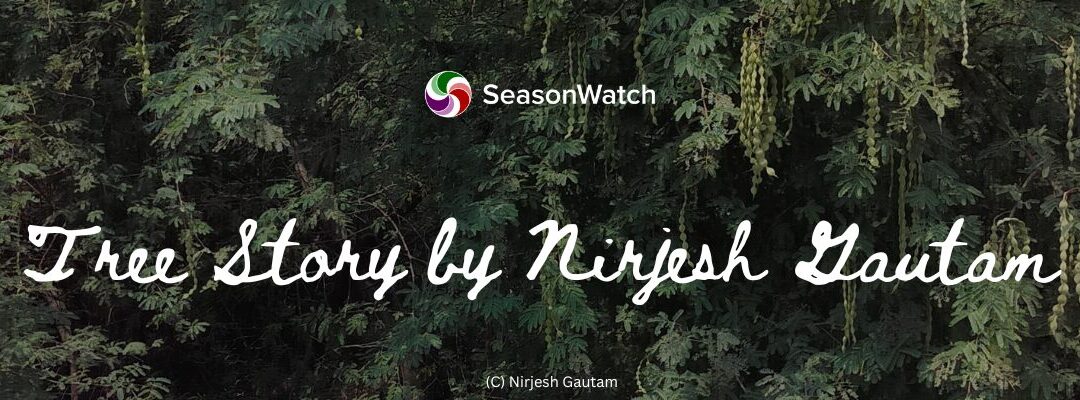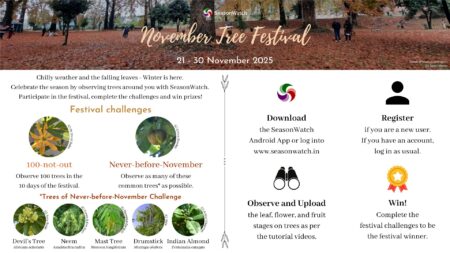It must be very hard to be a native tree in the city. Not just because of the consistently drastic environmental changes post-Industrial Revolution, but also because of the amnesia that afflicts the city, as much as it does its inhabitants.
One native tree, Babool (Acacia nilotica), is among those species that survive in unexpected places and alongside unexpected species. Maybe it has learned to adapt to contemporary disturbance regimes, trying to exist within cities.
But in turn, we seem to have forgotten it completely. Babool persists in the margins of our memory, tucked into feral edges of the city. Rarely visited. Often misidentified. Almost invisible in both academic inquiry and everyday conversations. This is the fate of Babool in our urban sprawl: a tree surviving but unrecognised.
The following image I clicked in Dwarka Forest, a patch of green that emerged from dumped construction waste, captures two species growing side by side. The yellow flowers belong to Babool; beside it stands Prosopis juliflora, an aggressively ‘invasive’ South American tree. From a higher vantage point, their coexistence appears almost symbolic—a native and a foreigner growing from the same soil, shaped by the same neglect.
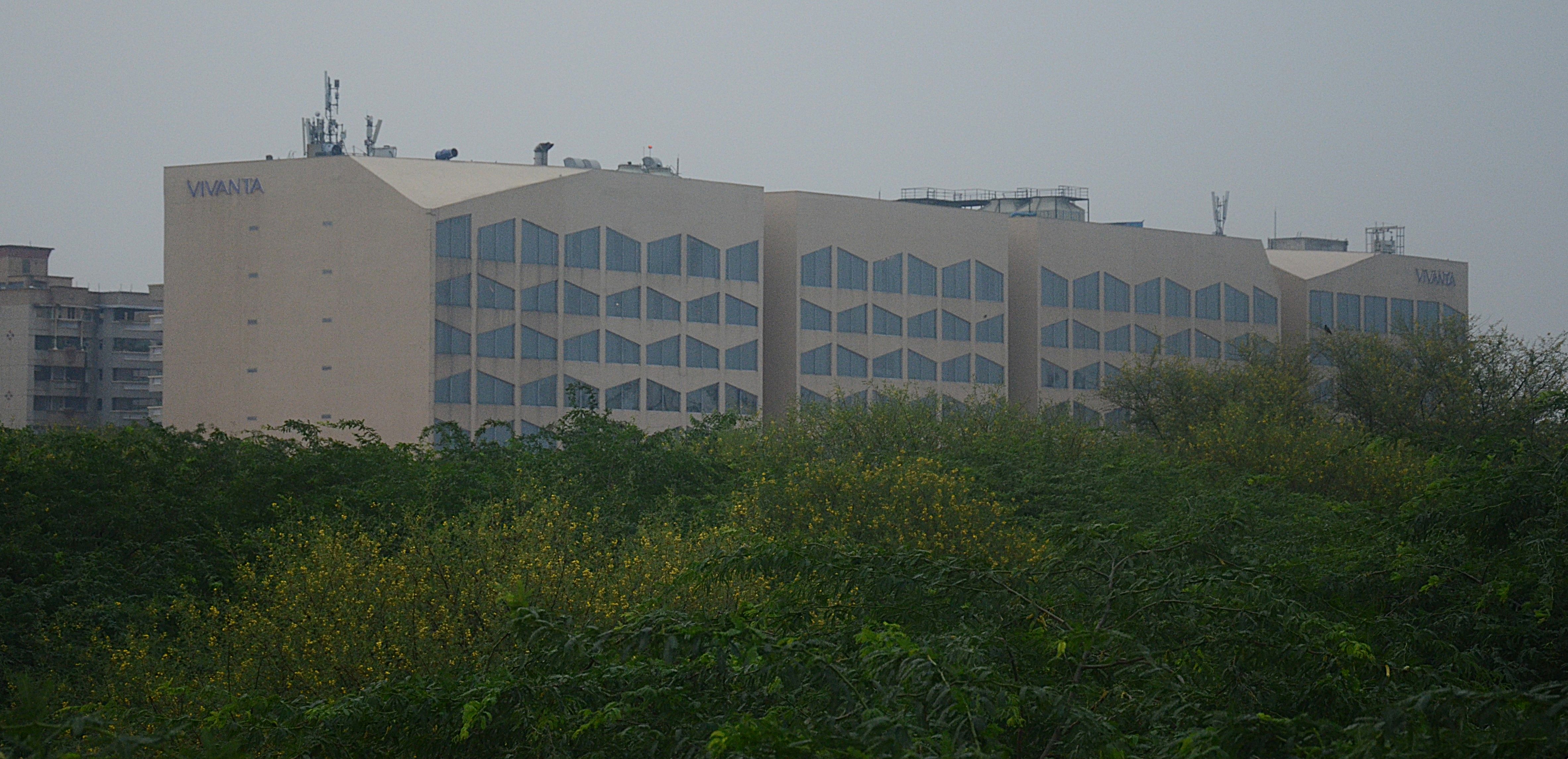
The following image shows a Babool tree (named Cheese) surrounded by two drains near Najafgarh Lake. It is difficult to say whether this particular tree still stands. The chances are high that it has been consumed by the nearby industrial drain.
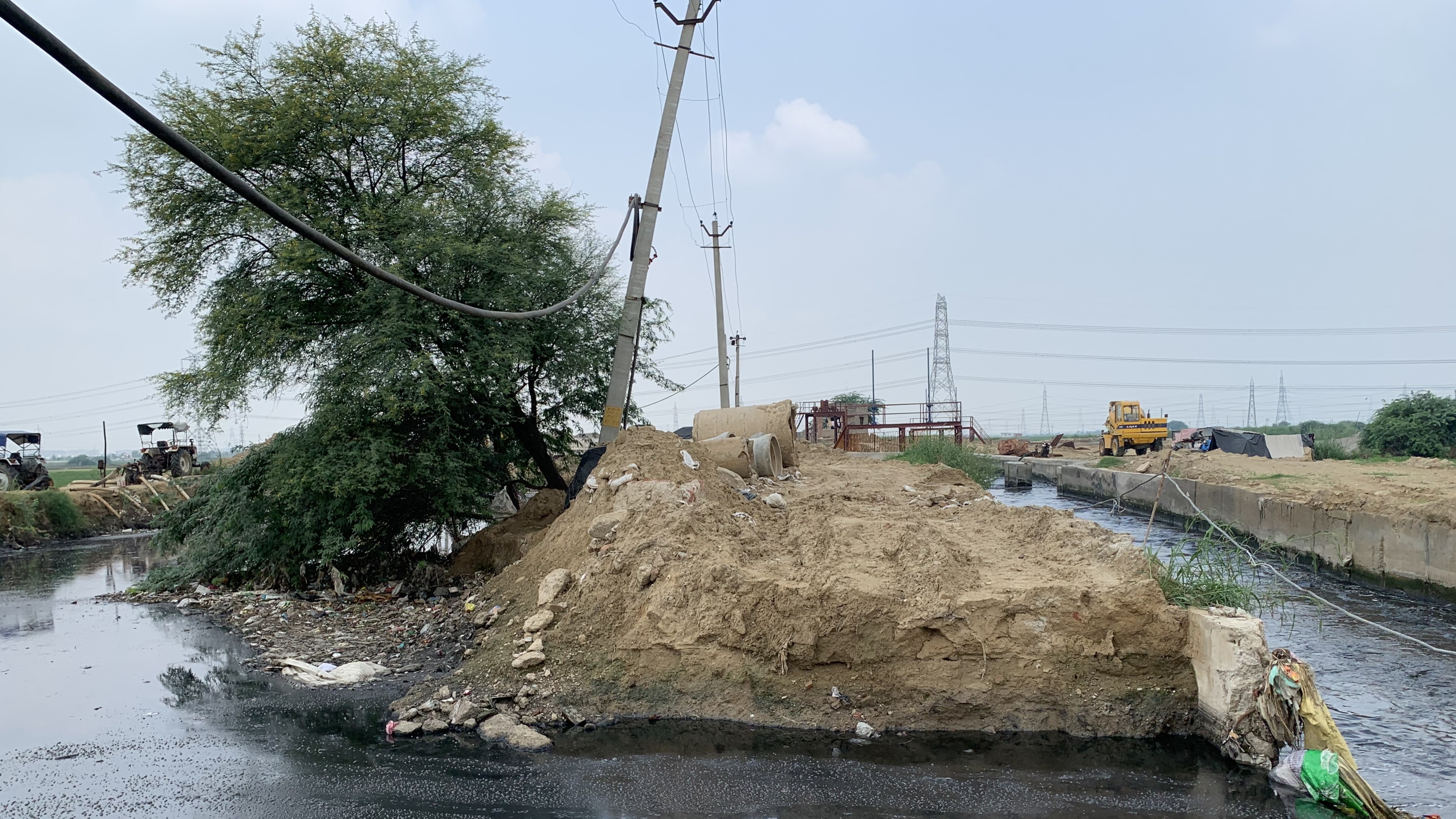
Whether city dwellers recognise Babool or not, the tree recognises the city. It has lived through Delhi’s transformations. One particular Babool near my home in Greater Noida has stood resilient since at least 2015. It has seen seasons of agriculture and waves of construction. Today, surrounded by buildings, it still fruits—its pods waiting in silence, perhaps for a less hostile time to germinate.
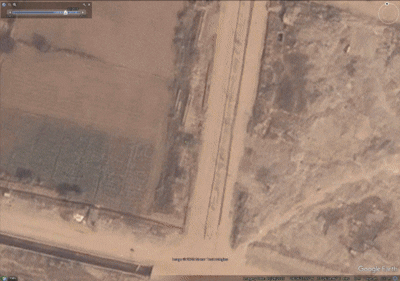
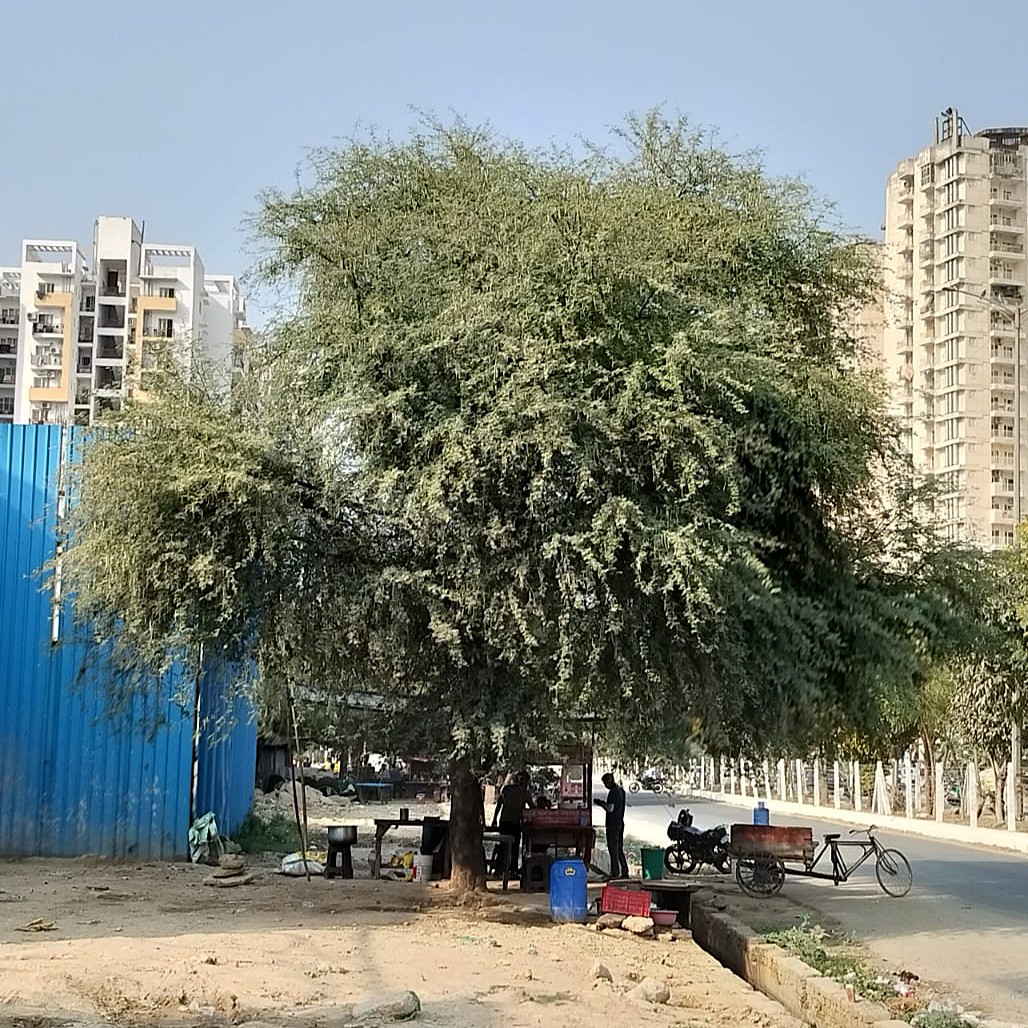
The city has taught me many things, but rarely hope. I am not very optimistic. Urban desire will soon consume this, too. Another parking lot, another tower. And Babool, along with those who take shelter beneath it, will vanish.
Babool has been with the people of this region for generations. J.K. Maheshwari, in The Flora of Delhi, lists it as indigenous to the Ridge and describes its many uses: planted along field boundaries, pods fed to livestock, gum and bark used in dyeing and tanning. Even its spines served as fishing hooks and paper pins. In times of scarcity, it was eaten. Babool wasn’t just a tree—it was part of everyday life.
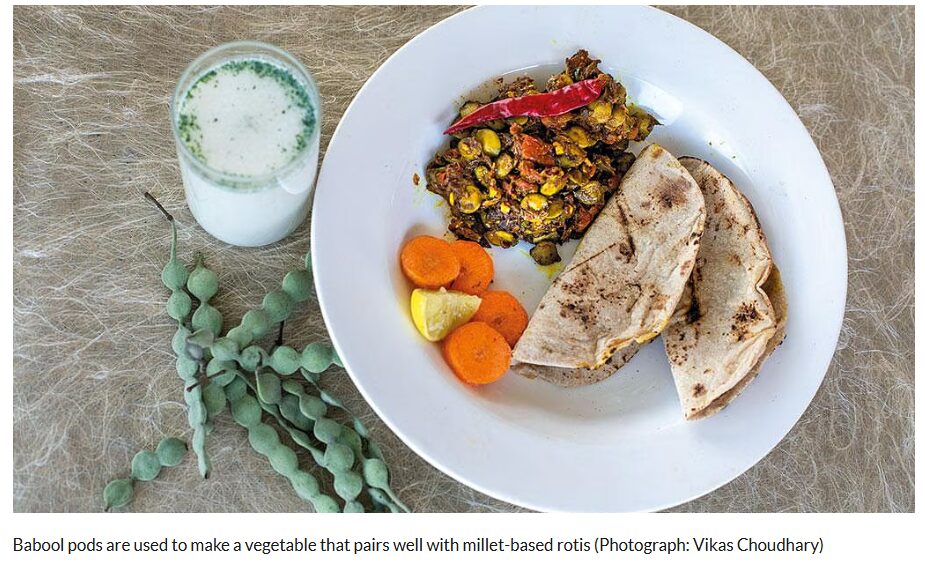
Today, those histories are erased. Synthetic materials replaced their utilities. Knowledge of its significance faded. Both old and new city dwellers have lost this memory. Yet Babool hasn’t given up. It still identifies itself as native. Though it cannot speak, it continues to insist on its presence. Its survival alongside invasive species, in neglected corners, is a quiet act of resistance—a reminder. Perhaps stories of those who once lived with Babool are buried beneath skyscrapers—but its seeds lie waiting, dormant, in the soil.
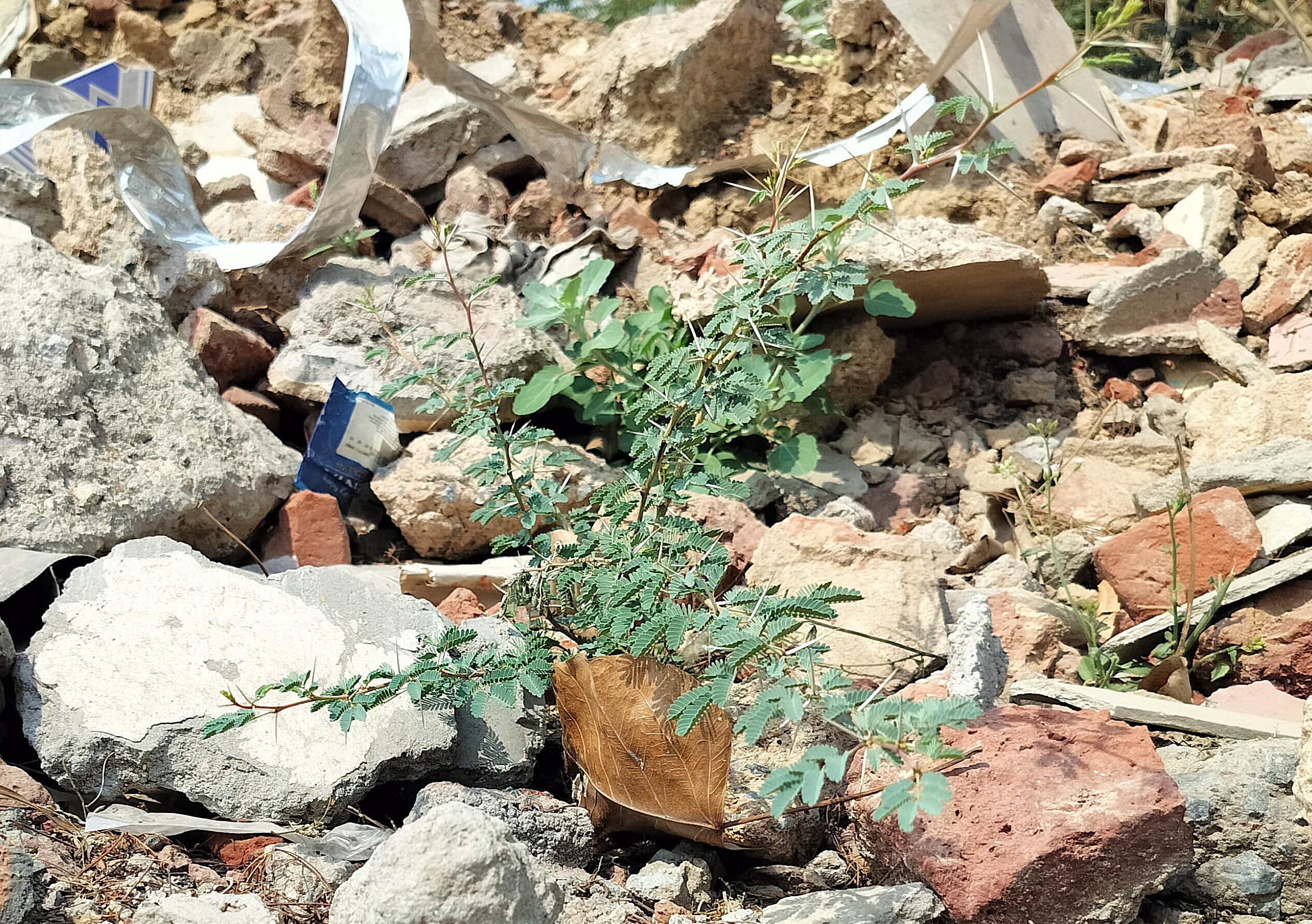
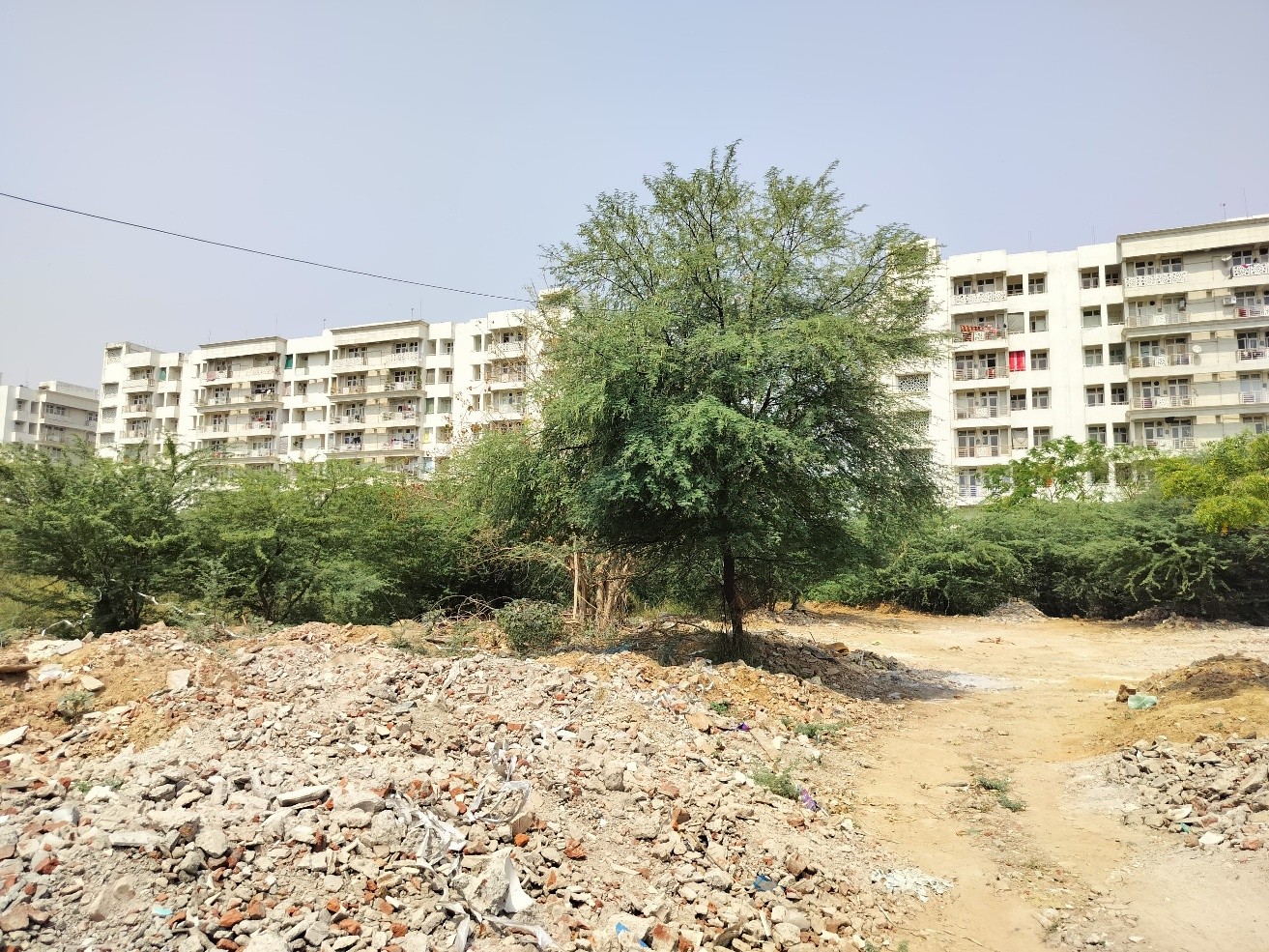
These native trees are now rare to find growing on their own. They are neither celebrated nor studied. But Babool stands not only as one of the last remaining, but also one of the most forgotten.
Maybe it is calling us, the city dwellers, back. To remember. To pay attention. To at least look around. Because if we don’t, not just Babool—but the very memory of our ecological selves may disappear from the cities.
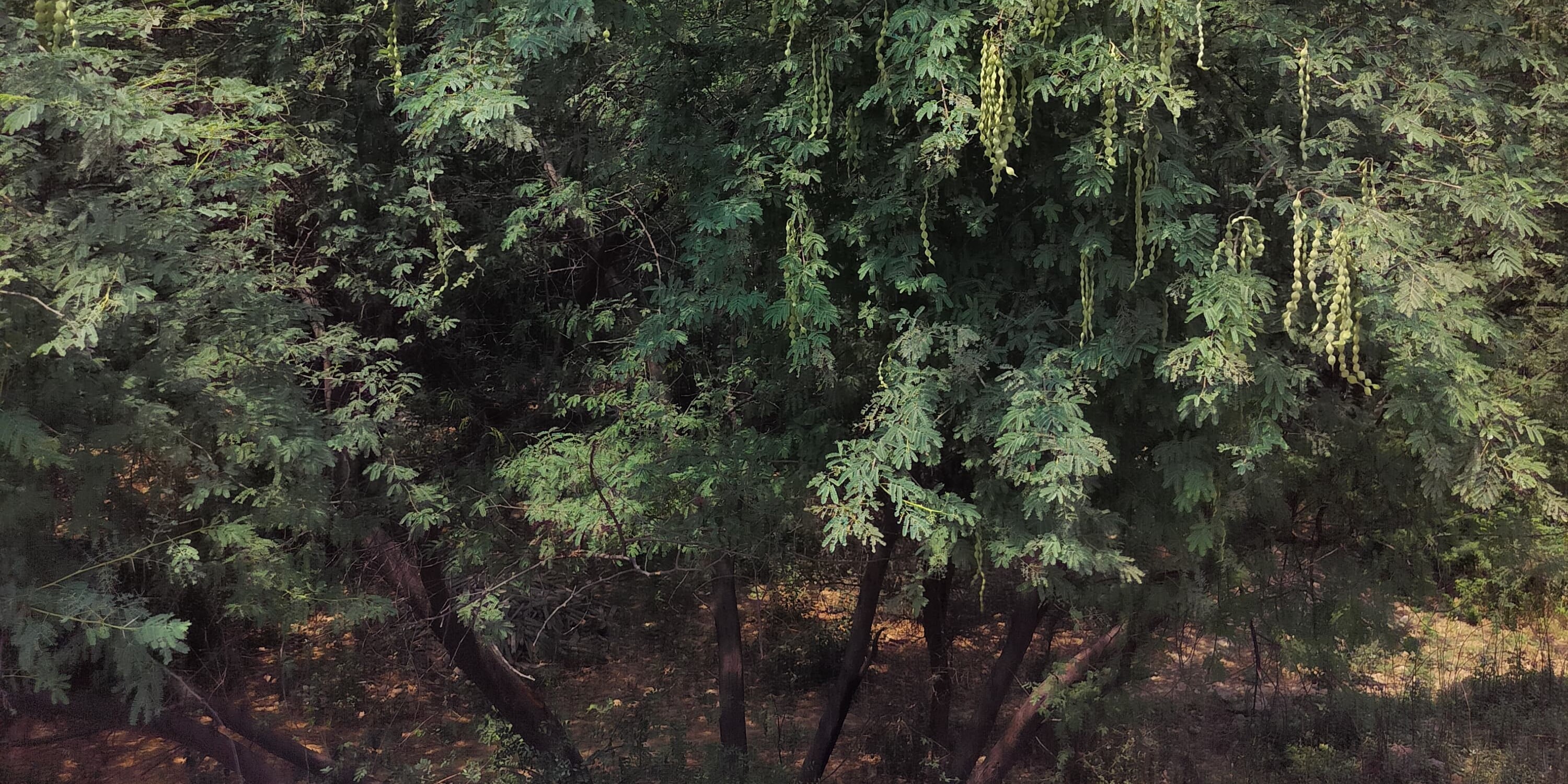
All photos by Nirjesh Gautam.
About the author: Nirjesh Gautam is a researcher at the Centre for Urban Ecology and Sustainability at Ambedkar University Delhi. His work focuses on the interdisciplinary study of invasive tree species in urban environments.

